Tyrosine Kinase
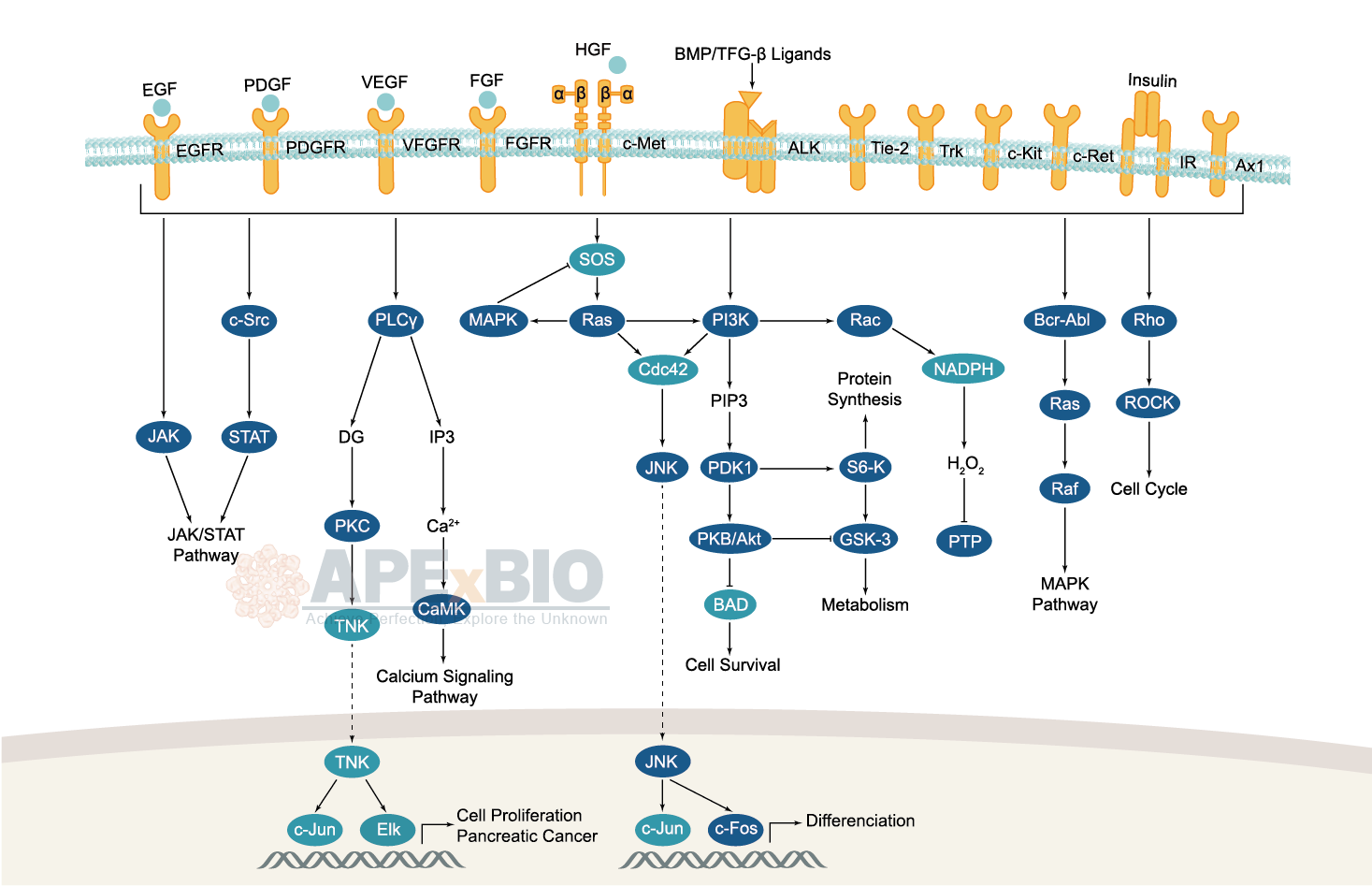
Receptor tyrosine kinases bind to extracellular ligands/growth factors, which promotes receptor dimerization and autophosphorylation of receptor tyrosine residues. This triggers a cascade of downstream events through phosphorylation of intracellular proteins that ultimately transduce the extracellular signal to the nucleus, causing changes in gene expression. Receptor tyrosine kinases include EGFR/ErbB, PDGFR, VEGFR, FGFR and MET subfamilies etc. Dysfunctions in tyrosine phosphorylation are linked to oncogenic transformation. In additions, various adaptor and effector proteins couple to carboxy-terminal of an active kinase. For instance, binding of the GRB2 adaptor protein activates EGFR and MAPK/ERK signaling.
Non-receptor tyrosine kinases involve many well-defined proteins (e.g. the Src family kinases, c-Abl, and Jak kinases) and other kinases which regulates cell growth and differentiation. For example, Src family kinases are curial for activating and inhibitory pathways in the innate immune response.
-
 B6342 H-7 dihydrochlorideTarget: PKC|PKG|PKA|Myosin light chain kinases (MLCKs)Summary: protein kinase inhibitor
B6342 H-7 dihydrochlorideTarget: PKC|PKG|PKA|Myosin light chain kinases (MLCKs)Summary: protein kinase inhibitor -
 A2149 Bosutinib (SKI-606)1 CitationTarget: Bcr-Abl|SrcSummary: Potent Abl/Src kinases
A2149 Bosutinib (SKI-606)1 CitationTarget: Bcr-Abl|SrcSummary: Potent Abl/Src kinases -
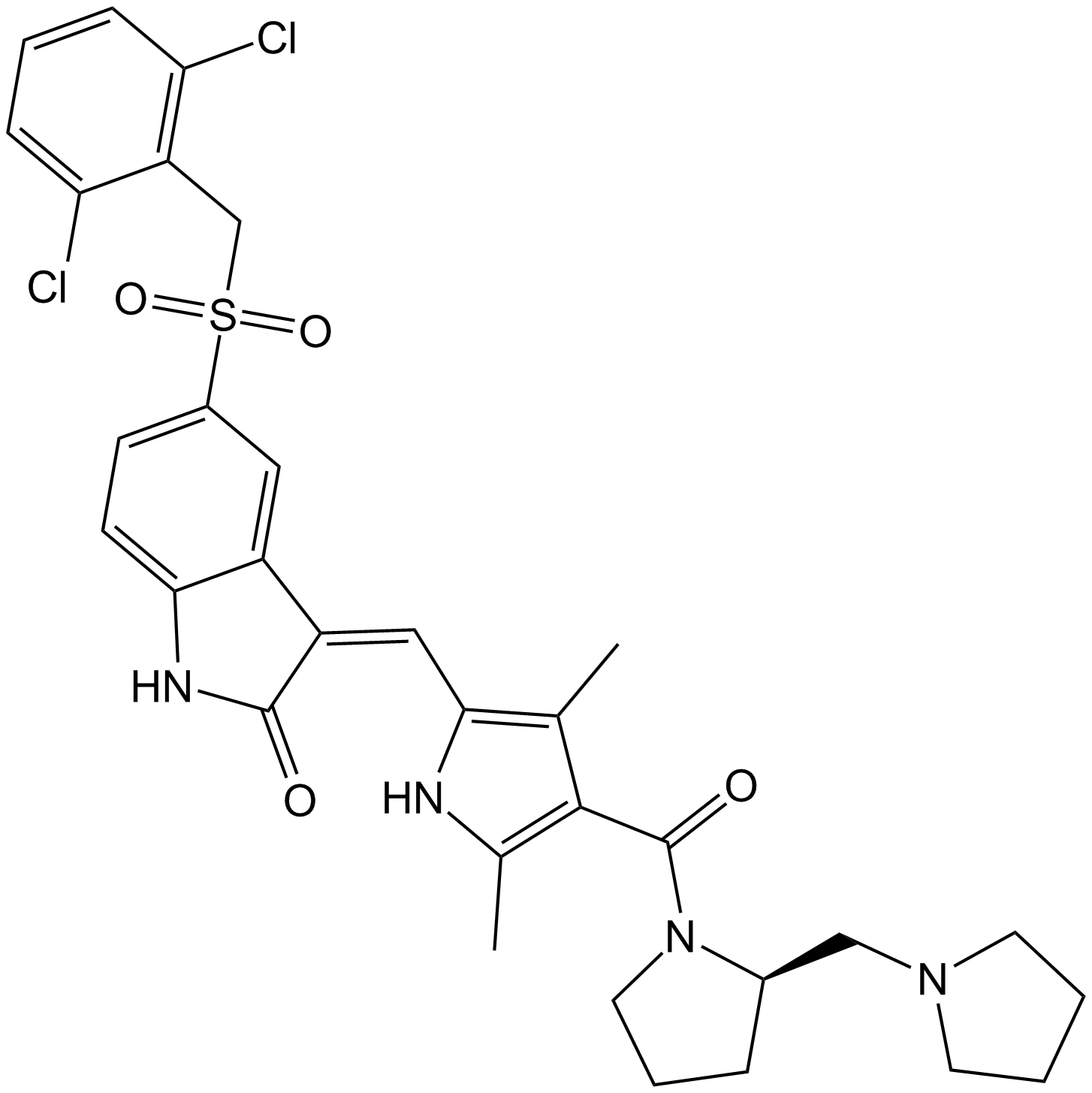 A2307 PHA-6657521 CitationTarget: c-METSummary: C-Met inhibitor,potent and ATP-competitive
A2307 PHA-6657521 CitationTarget: c-METSummary: C-Met inhibitor,potent and ATP-competitive -
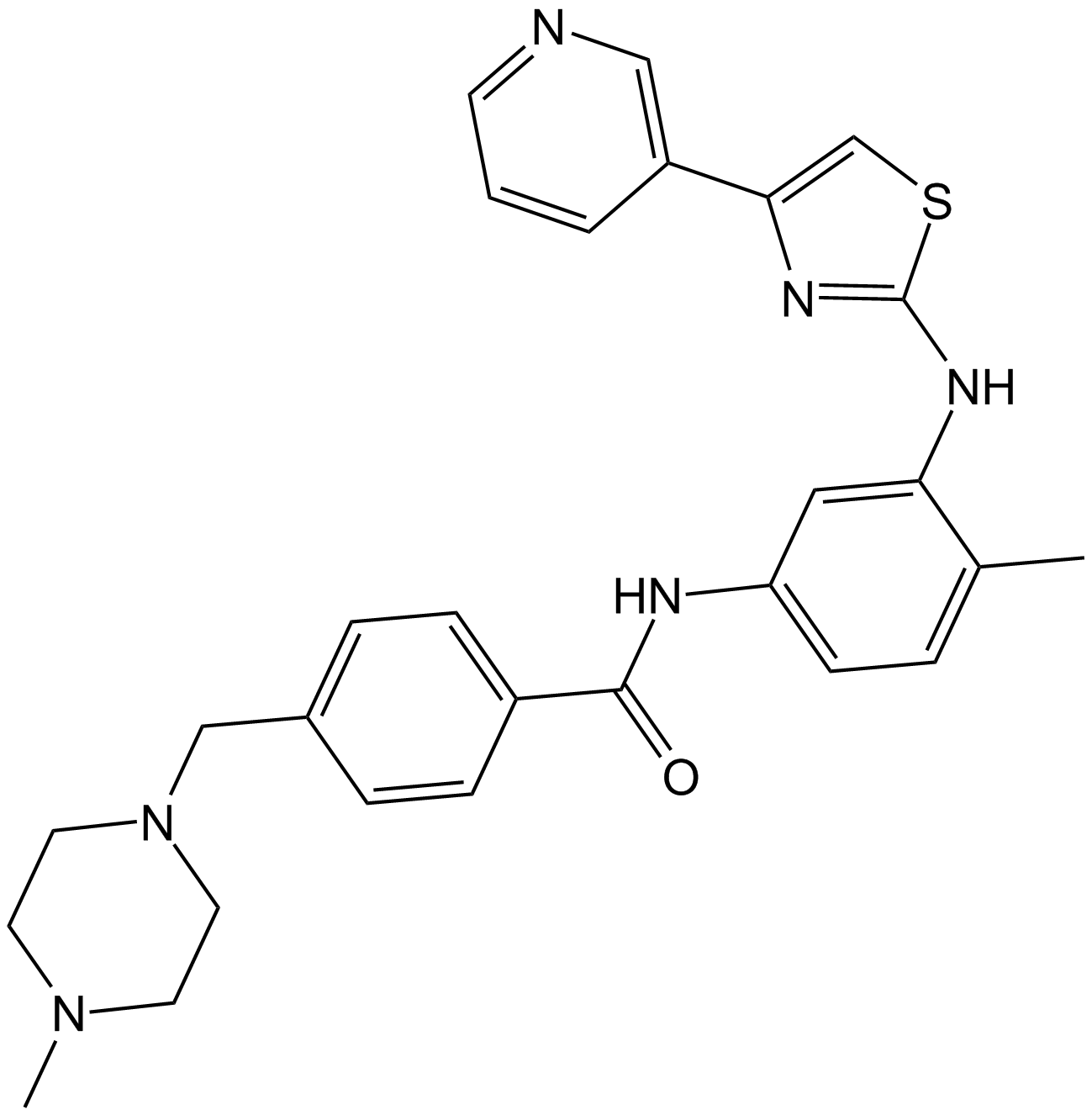 A2942 Masitinib (AB1010)Target: PDGFR|c-Kit|LynSummary: Tyrosine kinase inhibitor, potent and selective
A2942 Masitinib (AB1010)Target: PDGFR|c-Kit|LynSummary: Tyrosine kinase inhibitor, potent and selective -
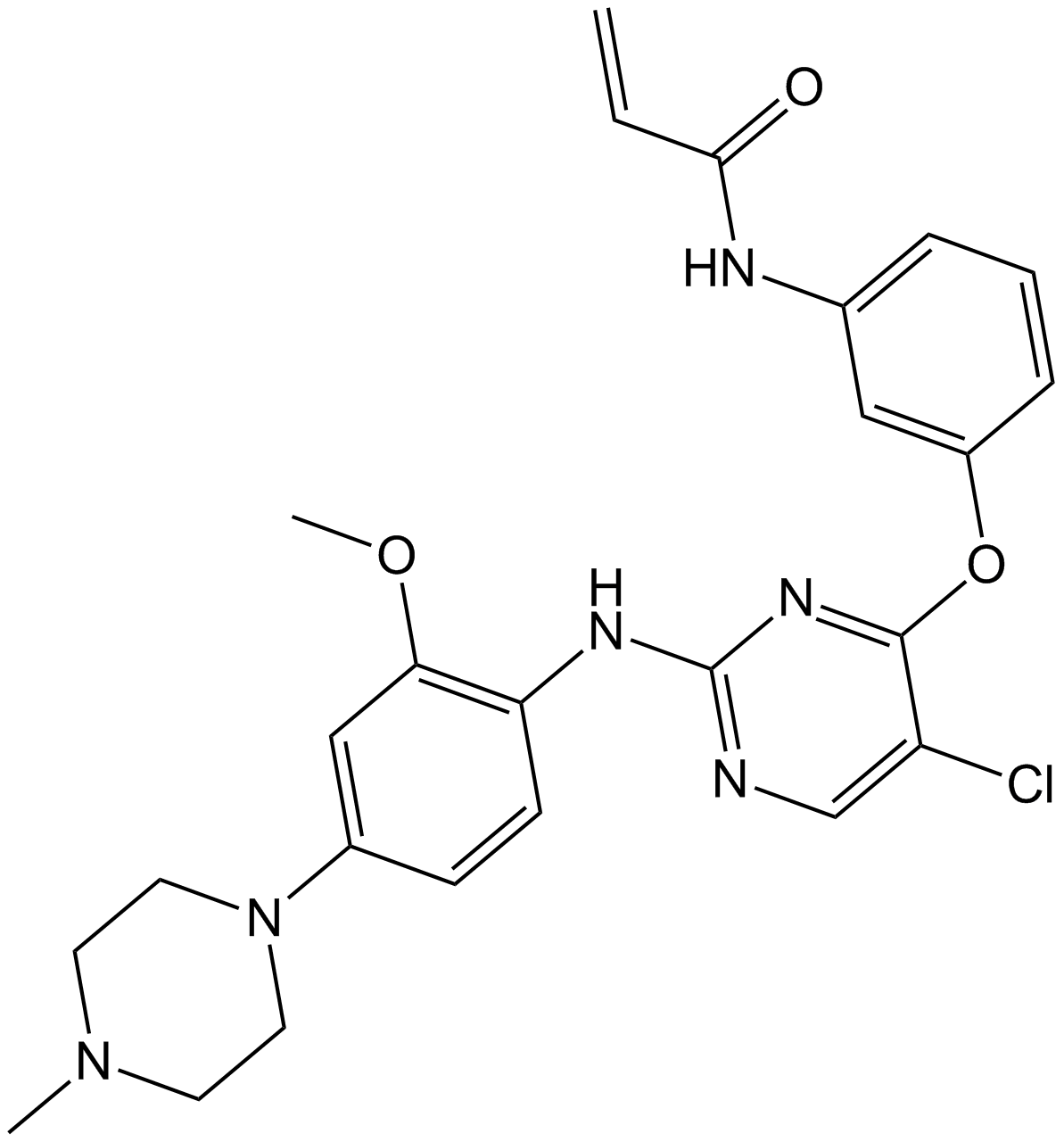 A1389 WZ4002Summary: Mutant-selective EGFR inhibitor(L858R,T790M), irreversible and potent
A1389 WZ4002Summary: Mutant-selective EGFR inhibitor(L858R,T790M), irreversible and potent -
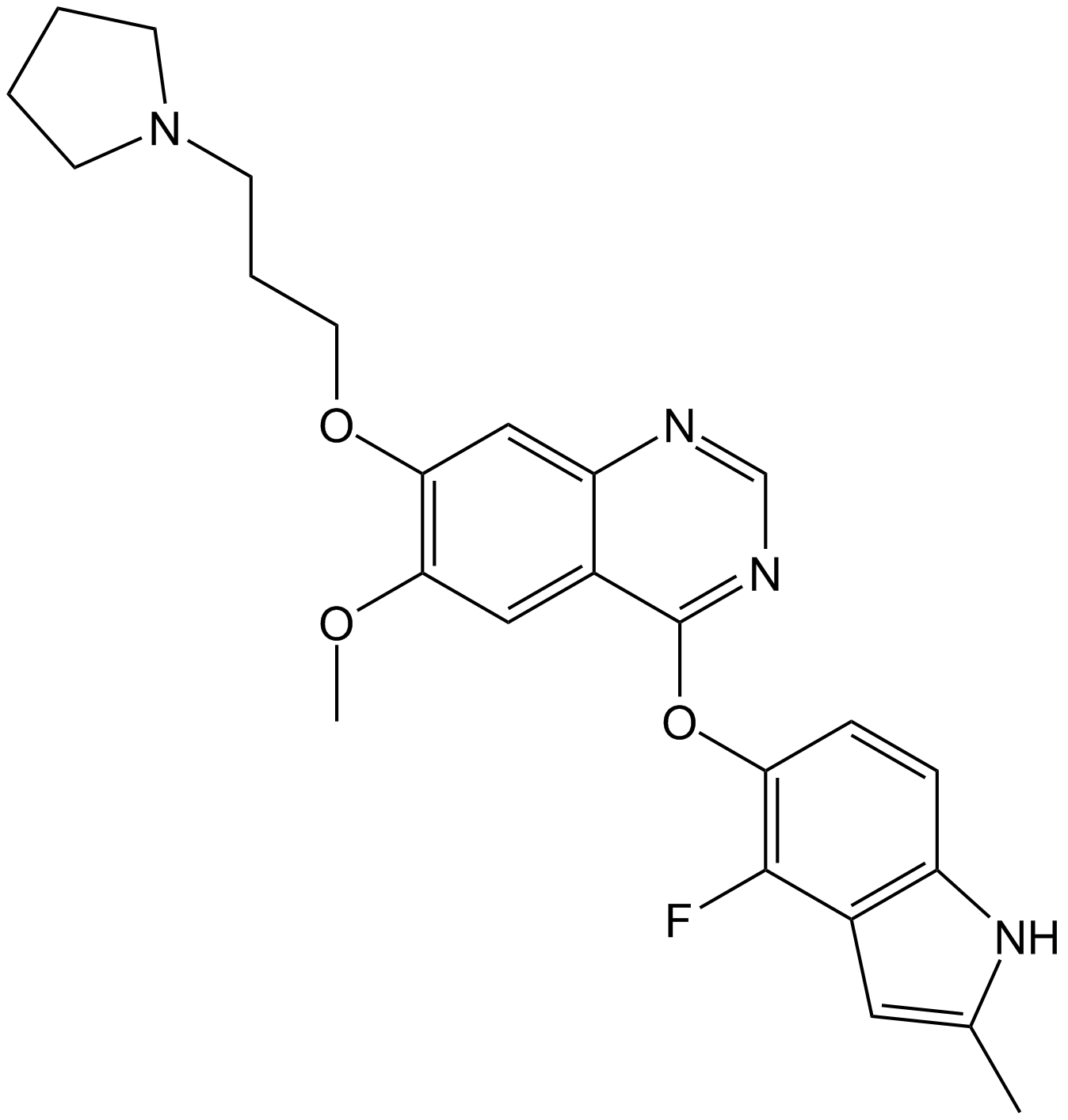 A1882 Cediranib (AZD217)Target: VEGFRSummary: VEGFR inhibitor receptor,highly potent
A1882 Cediranib (AZD217)Target: VEGFRSummary: VEGFR inhibitor receptor,highly potent -
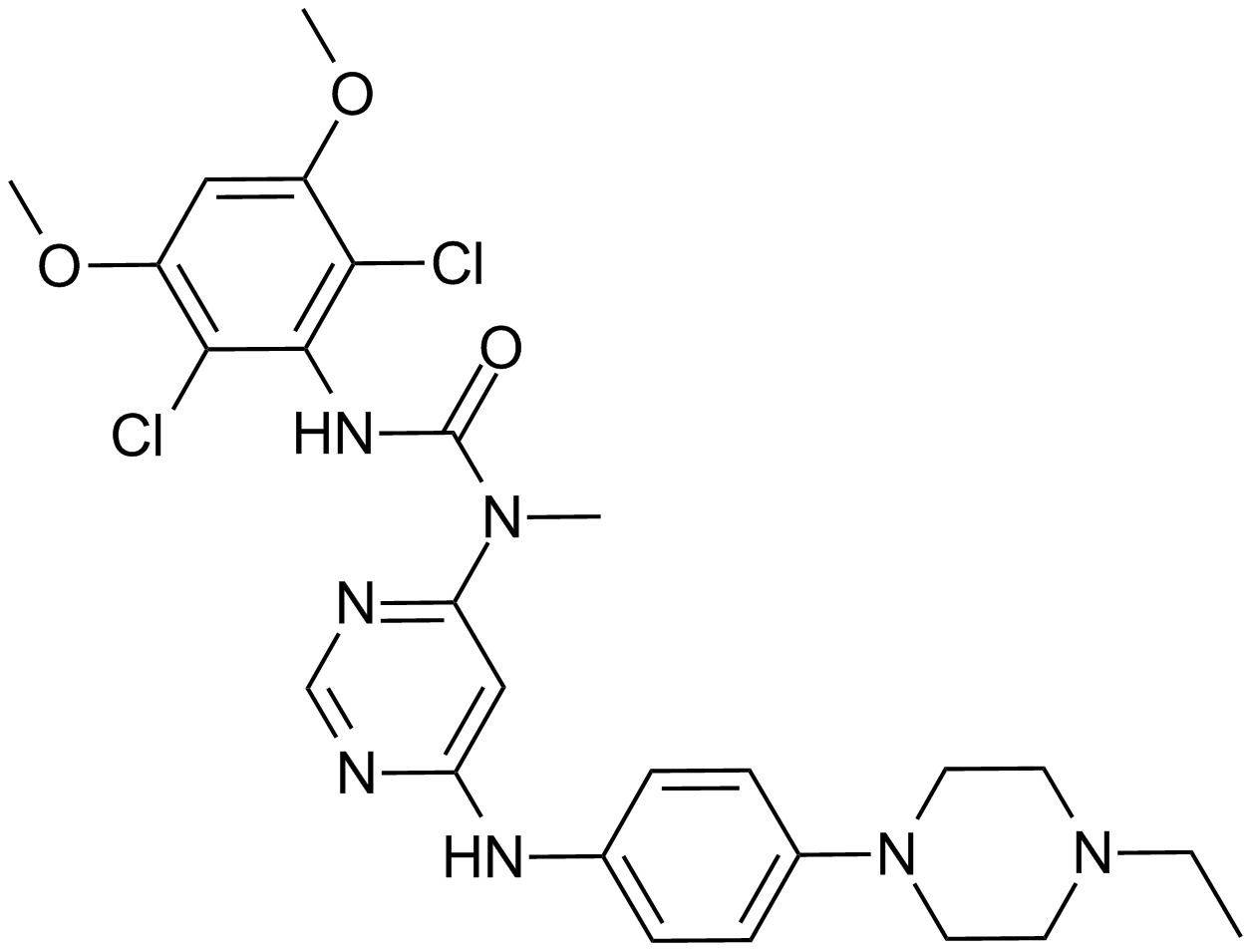 A3014 BGJ3981 CitationTarget: FGFRSummary: FGFR inhibitor ,potent and selective
A3014 BGJ3981 CitationTarget: FGFRSummary: FGFR inhibitor ,potent and selective -
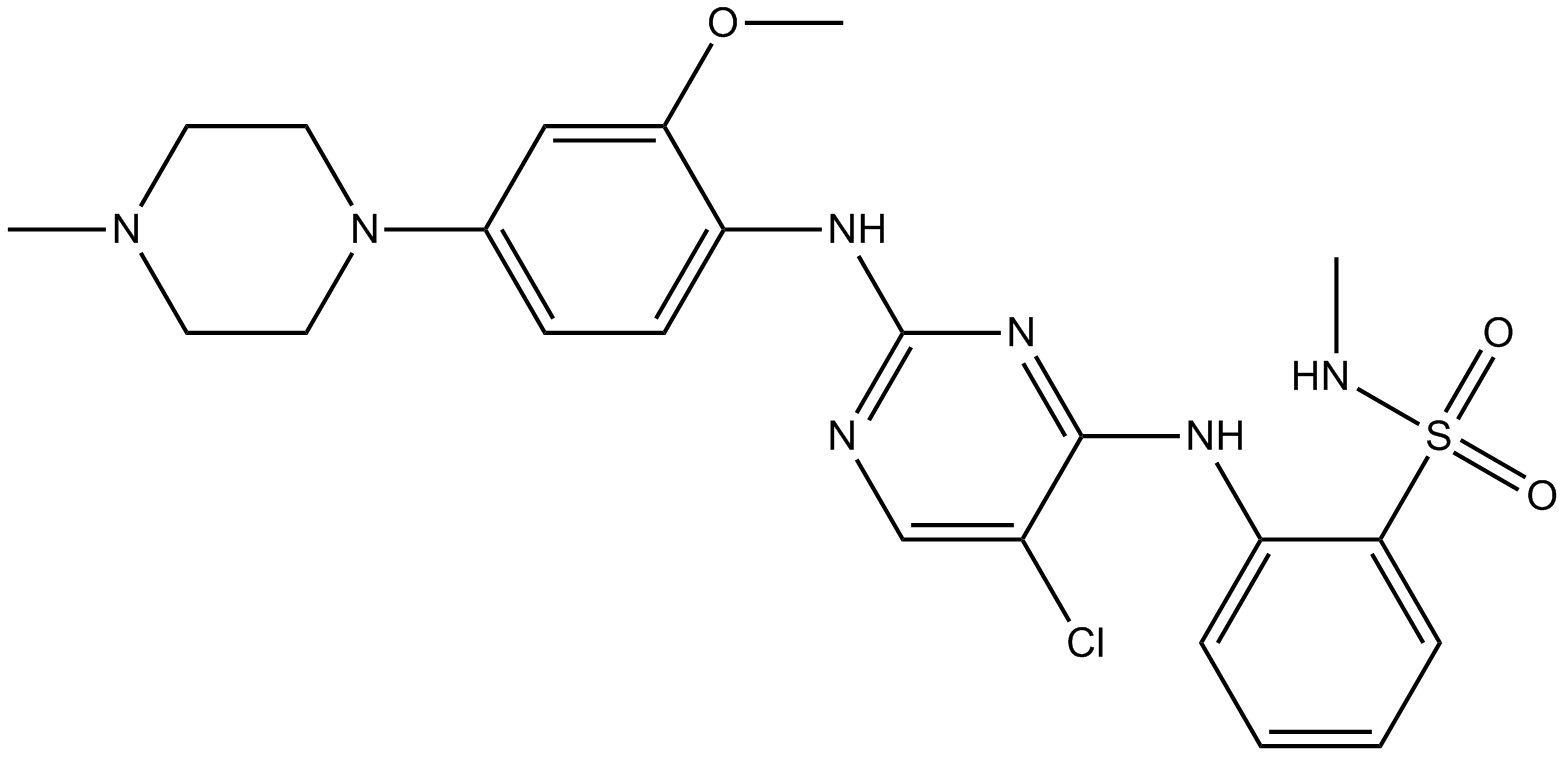 A3155 ALK inhibitor 2Summary: ALK inhibitor, novel and selective
A3155 ALK inhibitor 2Summary: ALK inhibitor, novel and selective -
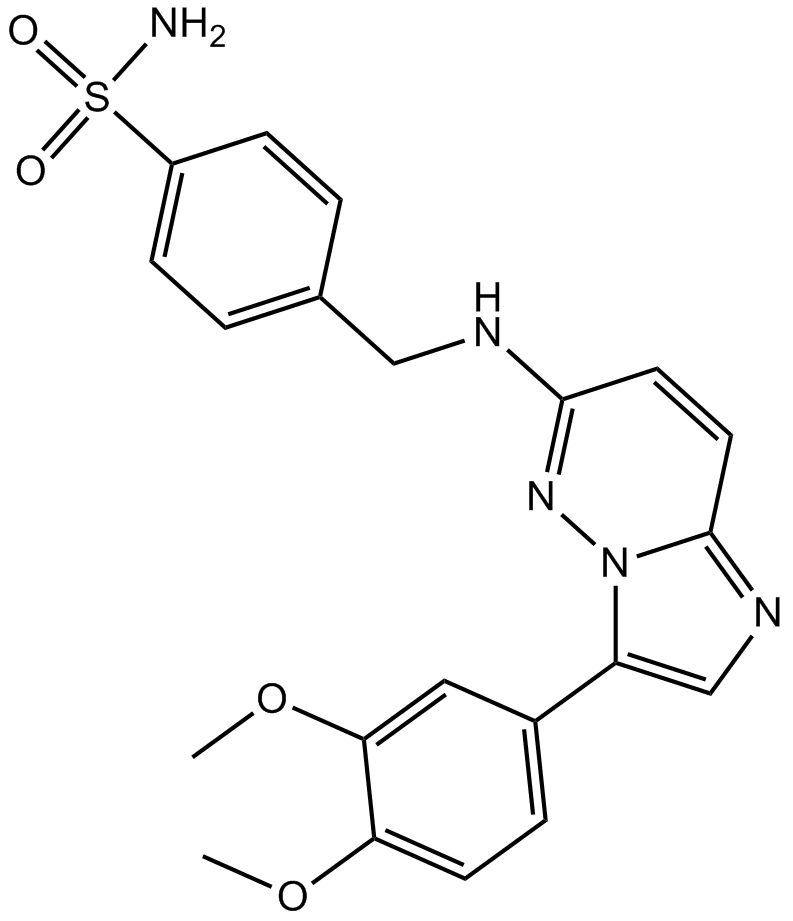 A3502 IRAK inhibitor 3Target: IRAKSummary: IRAK inhibitor
A3502 IRAK inhibitor 3Target: IRAKSummary: IRAK inhibitor -
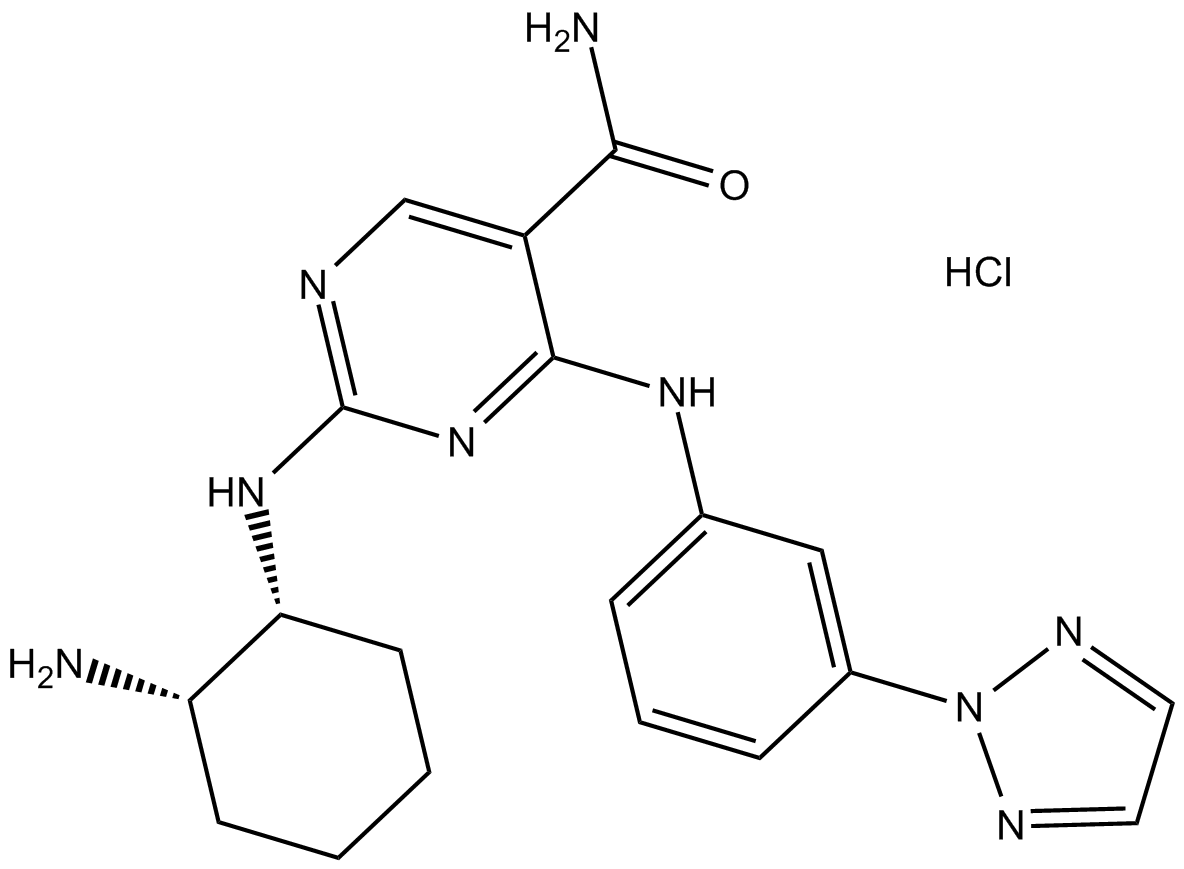 A3736 PRT062607 Hydrochloride1 CitationTarget: SykSummary: SYK inhibitor,potent and selective
A3736 PRT062607 Hydrochloride1 CitationTarget: SykSummary: SYK inhibitor,potent and selective

